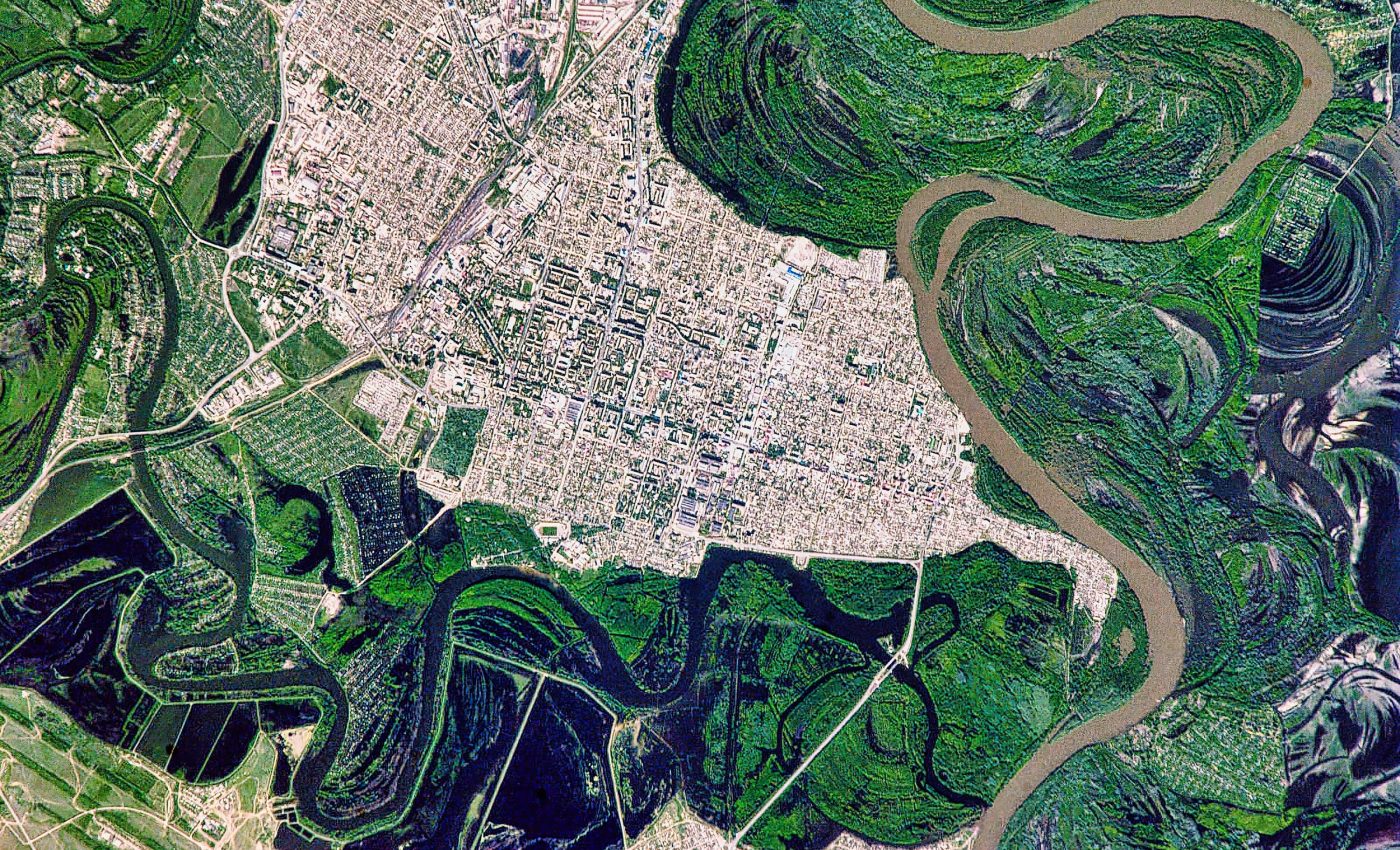
Human land use has removed billions of tons of carbon sequestration
Human land use has removed a quarter of the carbon that would otherwise sit in vegetation and the top 12 inches of soil. That equates to roughly 344 billion metric tons of carbon.
With pasture expansion, cropland expansion, and forest management determined to be the leading drivers, the analysis shows popular dynamic global vegetation models miss roughly 37 percent of this deficit on average.
The estimate comes from a high resolution global map built by combining Earth observations, historical land use records, and machine learning.
Why land carbon loss matters
The work was led by Raphael Ganzenmüller with colleagues at Ludwig Maximilian University of Munich (LMU).
Vegetation and soils hold carbon that moves between land, ocean, and air, and together they store more carbon than the atmosphere at any time, which shapes temperature and risk.
Scientists track terrestrial carbon stocks in living biomass and in soil organic carbon (SOC).
SOC is commonly assessed in the top 0 to 12 inches because that layer responds most to tillage, drainage, and erosion, and is mapped globally by national efforts coordinated through FAO’s GSOCmap.
Measuring carbon losses
The researchers estimated a terrestrial carbon deficit by comparing today’s actual carbon stocks with potential stocks under current climate if land had not been directly altered by people.
That contrast shows how much carbon landscapes have lost through clearing, grazing, cropping, and intensive forest use.
They trained models on areas with very low human influence as well as protected lands, then predicted potential vegetation and SOC at roughly 0.6 mile resolution.
That lets them attribute losses to specific land uses and benchmark the results against widely used simulation models.
“Our study reveals the far-reaching human impact on the global carbon cycle. Our study provides important insights for climate policy,” said Julia Pongratz, Professor of Physical Geography and Land Use Systems at LMU.
Why the deficit of carbon matters
The new map quantifies depletion, not annual emissions. It shows how much carbon is missing from land relative to what could be stored if ecosystems were intact under today’s conditions.
That stock gap matters because it sets the ceiling for restoration, informs where protection avoids the largest additional losses, and clarifies how much headroom exists for land-based carbon removal without harming food or fiber production.
Why models missed so much
Most process models treat environmental changes and land use in ways that can produce conceptually inconsistent budgets.
Several recent studies show models often allocate too much to the natural land sink while undercounting land-use emissions, especially where degradation has erased sinks. That mismatch propagates into remaining carbon budget estimates and risk assessments.
By anchoring estimates in observation-based carbon densities and using consistent assumptions about potential stocks, the new work reduces those inconsistencies.
It provides a constraint that modelers can use to re-tune land processes and improve verification of land carbon projects.
Where carbon disappeared from land
Pasture expansion dominates the global deficit because it replaces woody vegetation and suppresses regrowth.
Croplands follow because conversion reduces biomass and, under many systems, lowers SOC through disturbance and removal of residues.
Modern reconstructions that blend satellites with national statistics show how fast land use has shifted, with roughly one third of the planet’s land area affected since 1960.
This is driven largely by agricultural expansion in the global South and management transitions elsewhere. The new deficit map lines up with those patterns.
Independent evidence also shows that land conversion for crop production typically causes large SOC losses, and many forest management practices reduce soil carbon, especially where repeated disturbance limits recovery.
That tracks with the study’s finding that vegetation losses dominate but soils contribute a substantial share in several temperate and boreal regions.
What this means for policy
The deficit highlights two levers with different timelines. Vegetation carbon can rebound in years to decades when pressure eases and trees return. Soil carbon often recovers more slowly and can plateau if management does not change.
For policy, this means protection of high carbon landscapes prevents further drawdown while targeted restoration can rebuild stocks where the potential is high and competing demands are limited.
It also means crediting systems need to separate genuine stock recovery from merely avoiding ongoing losses.
The practical path forward
The map is a screening tool, not a prescription. It points to regions where restoring vegetation or rebuilding SOC is physically plausible under today’s climate, and where the same actions would yield small gains.
It also helps evaluate land carbon projects more honestly by comparing outcomes against the appropriate potential baseline instead of against degraded starting points. That makes additionality, permanence, and leakage tests more concrete.
Limits of carbon estimates
Potential stocks were trained on low influence and protected areas, which are imperfect analogs for pre-alteration ecosystems in long-settled regions. Some sparsely documented areas still carry higher uncertainty.
Even so, the estimate sets a useful lower bound on what people have already removed from land. It clarifies why relying on models alone can be risky when budgets are tight and timelines short.
What to watch next
Expect model intercomparison projects to incorporate these observation-based constraints and report revised land sinks and land-use emissions.
In addition, national inventories need to cross-check their land carbon accounting against high resolution maps that use the same underlying datasets.
Finally, project developers must use these maps to justify where not to intervene as much as where to act.
When done well, the biggest wins will blend conservation, restoration, and smarter management rather than chase a single metric.
The study is published in One Earth.
—–
Like what you read? Subscribe to our newsletter for engaging articles, exclusive content, and the latest updates.
Check us out on EarthSnap, a free app brought to you by Eric Ralls and Earth.com.
—–













